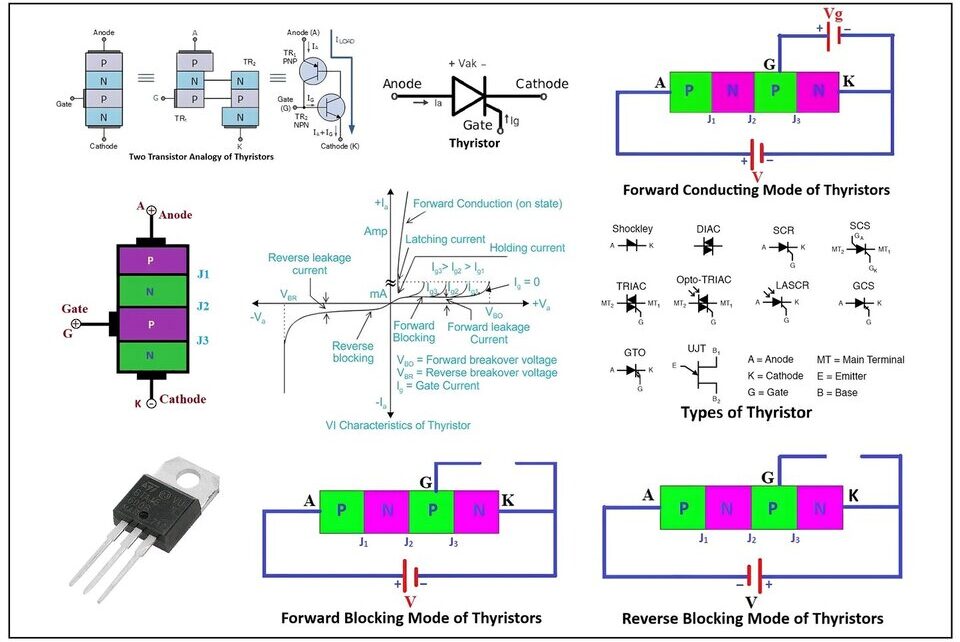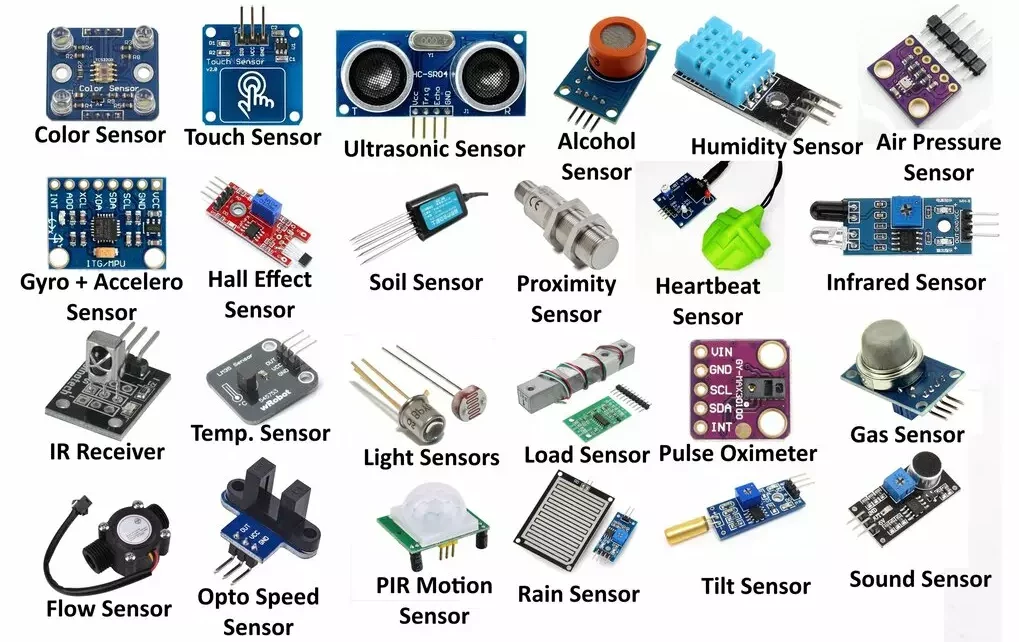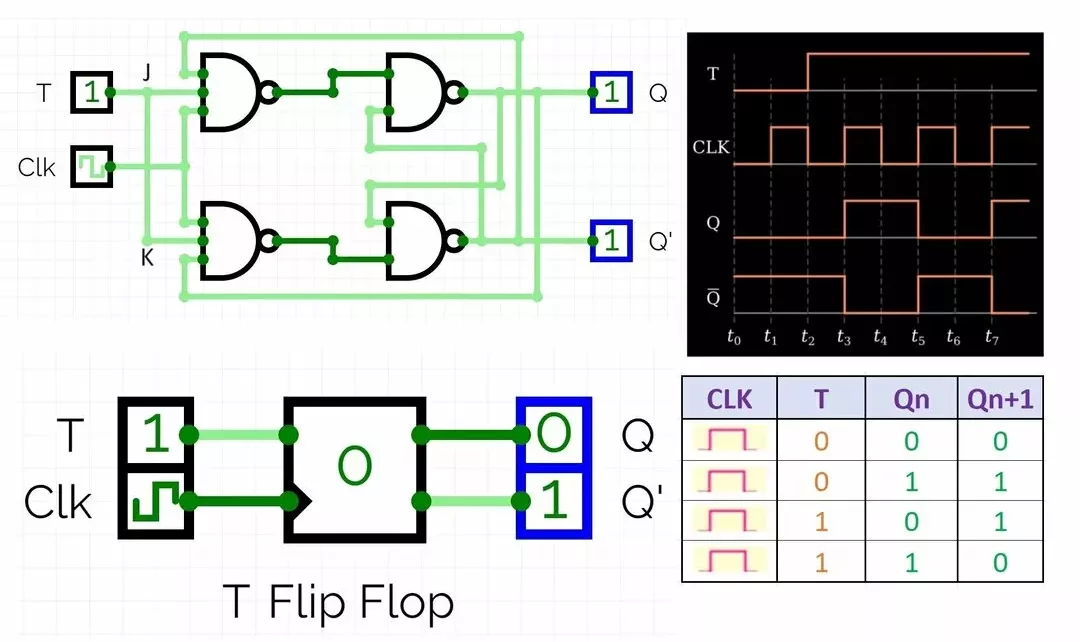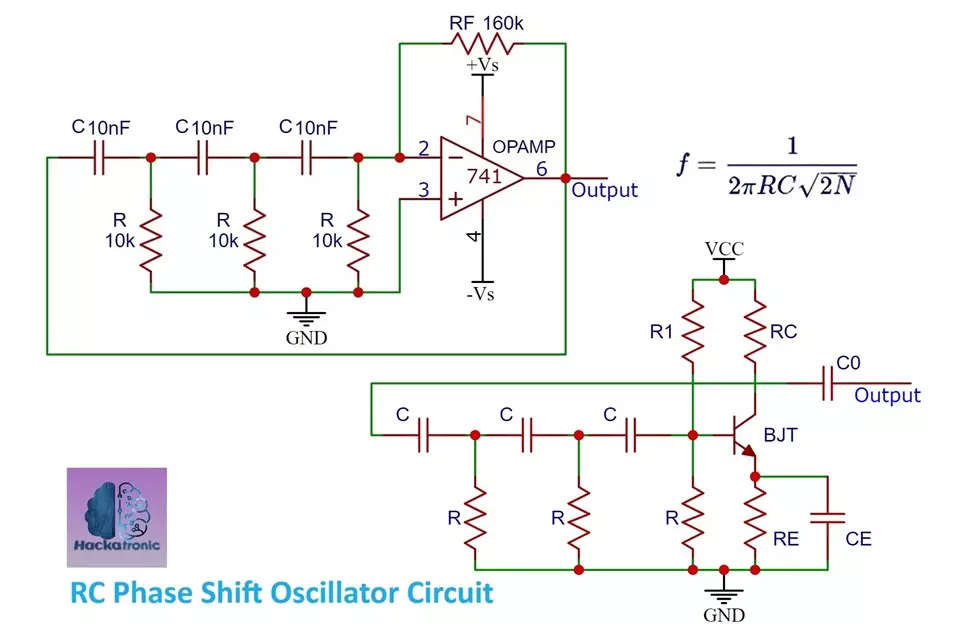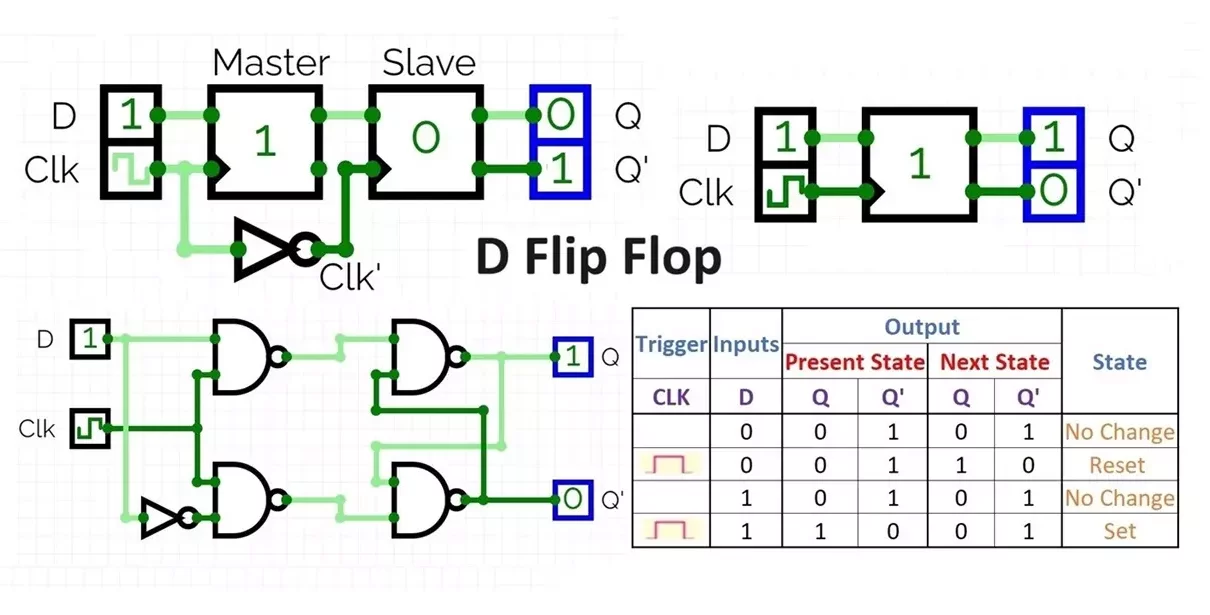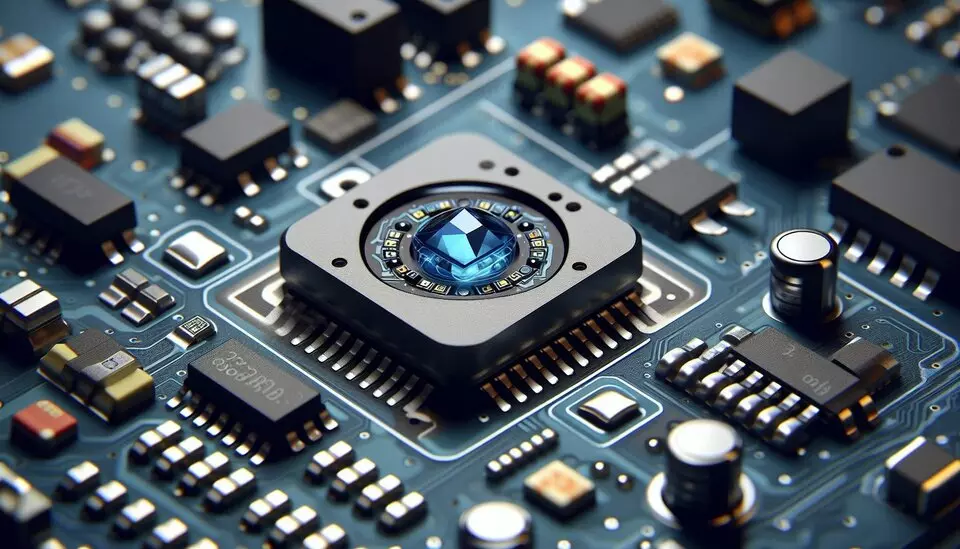Let’s understand working of thyristor by construction and explore some of its applications. Thyristor Definition: Also known as Silicon Controlled Rectifier (SCR), The Thyristor is a three-terminal, four-layer semiconductor device primarily used for high-power control and converting AC current into DC. It is typically used for high-power applications and is capable of switching large amounts […]
Electronics tutorial
Here are the basic electronics tutorial circuits for beginners. You can find here tutorials on operational amplifiers (opamp), transistor, MOSFETs, 555 timer IC, audio amplifiers and many more.
What is a Sensor? Types of Sensors, Classification & Applications
Let’s see various types of sensors within their classification and Applications. A sensor is a device or component that detects changes in its environment and converts those changes into an electrical signal or another form of readable data. Sensors are used in various applications to monitor, measure, or control processes, equipment, or environmental conditions. They […]
T Flip Flop Truth Table, Circuit Diagram, Working and Applications
Let’s explore T flip flop truth table and working of its circuit with applications. A T flip-flop, also known as a toggle flip-flop, is a basic digital circuit element that has two stable states and can change state (toggle) based on a triggering input. T Flip Flop Circuit Diagram: Here’s the circuit diagram for a […]
RC Phase Shift Oscillator Circuit Working & Applications
An RC Phase Shift Oscillator Circuit is a type of electronic oscillator that generates sinusoidal signals. It is typically consisting of an amplifier (usually an operational amplifier), resistors, and capacitors arranged in a feedback network. The phase shift network created by the resistors and capacitors causes the output signal of the amplifier to be fed […]
D Flip Flop Truth Table, Circuit Diagram, Working and Applications
Let’s explore D flip flop truth table with circuit diagram and working. Also, we will see application of D flip flop in electronic circuit. A D flip-flop, also known as a data or delay flip-flop, is a fundamental building block in digital electronics. commonly used for data storage, synchronization, and control applications. It stores one […]
Gyroscope Sensor Working, Types and Applications
Let’s explore Gyroscope sensor working with applications. A Gyroscope sensor is a device used to measure or maintain orientation and angular velocity. It’s a crucial component in various systems, from navigation in spacecraft to stabilization in drones and cameras. Here’s a detailed explanation of how a gyroscope sensor works: A Gyroscope is a device used […]
